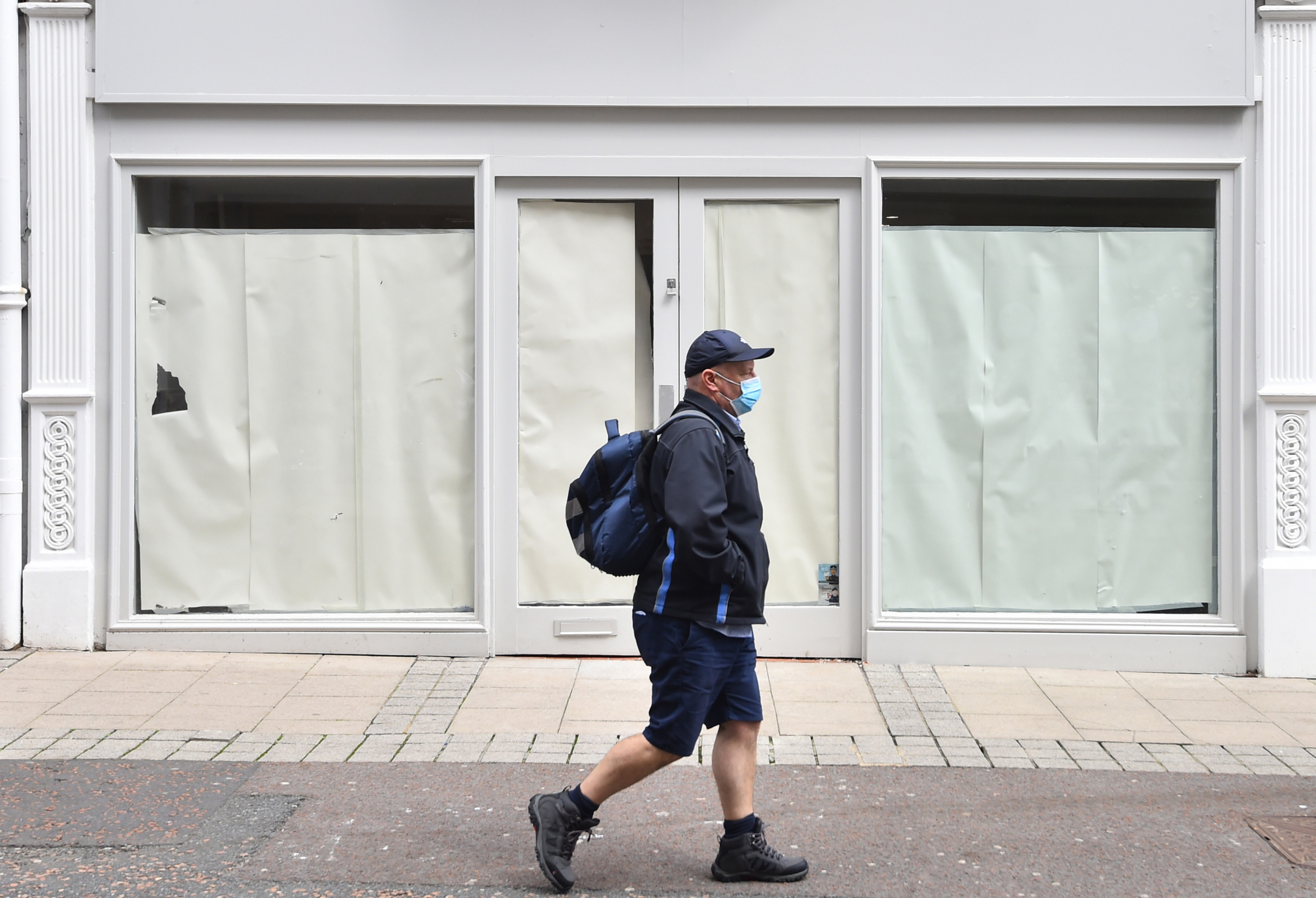COVID lockdowns have done more harm than good, according to a new study out of Johns Hopkins University. The analysis indicates lockdowns across Europe and the U.S. resulted in a paltry 0.2% drop in coronavirus mortality – a figure the researchers deem substandard when compared to the cultural, economic, and health drawbacks of such measures.
The report’s abstract strikingly concludes that while “lockdowns have had little to no public health effects, they have imposed enormous economic and social costs where they have been adopted. In consequence, lockdown policies are ill-founded …”
 “These costs to society must be compared to the benefits of lockdowns, which our meta-analysis has shown are marginal at best,” the researchers wrote. “Such a standard benefit-cost calculation leads to a strong conclusion: lockdowns should be rejected out of hand as a pandemic policy instrument.”
“These costs to society must be compared to the benefits of lockdowns, which our meta-analysis has shown are marginal at best,” the researchers wrote. “Such a standard benefit-cost calculation leads to a strong conclusion: lockdowns should be rejected out of hand as a pandemic policy instrument.”
Looking at the Research
The researchers’ intention was to find out whether there is empirical evidence to support the idea that lockdowns reduced COVID deaths. They defined lockdowns as “the imposition of at least one compulsory, non-pharmaceutical intervention.” This could include “any government mandate that directly restrict[s] peoples’ possibilities, such as policies that limit internal movement, close schools and businesses, and ban international travel.”
In a meta-analysis, the scholars reviewed the existing literature on mandate effectiveness, collating the results from 24 previous studies. They did not include any studies based on modeling or predictions but looked only at real-world data.
Notably, this study didn’t come from medical researchers but from Johns Hopkins University’s Institute for Applied Economics, Global Health, and the Study of Business Enterprise. The researchers were economists, including Jonas Herby (special adviser at the Center for Political Studies in Copenhagen), Lars Jonung (economics professor at Lund University in Sweden), and Steve H. Hanke, the institute’s founder, as well as an applied economics professor and senior fellow at the Cato Institute.
“We find little to no evidence that mandated lockdowns in Europe and the United States had a noticeable effect on COVID-19 mortality rates,” was the analysis. “The evidence fails to confirm that lockdowns have a significant effect in reducing COVID-19 mortality. The effect is little to none.”
Among the mandate categories examined were shelter-in-place orders, which forced residents to remain within their homes as much as possible. According to the study, these directives reduced mortality by 2.9% – but may have actually encouraged the spread of the virus, as well as more acute cases. Shelter-in-place orders “may isolate an infected person at home with his/her family where he/she risks infecting family members with a higher viral load, causing more severe illness,” the researchers suggested. “[O]ften, lockdowns have limited peoples’ access to safe (outdoor) places such as beaches, parks, and zoos, or included outdoor mask mandates or strict outdoor gathering restrictions, pushing people to meet at less safe (indoor) places.”

(Photo by Nathan Stirk/Getty Images)
The closure of non-essential businesses may have had a greater effect, reducing COVID mortality by as much as 10.6%. Yet the economists temper this figure by saying it is likely the result of closing bars and venues that serve alcohol.
Examining different types of mandates, the researchers find, “The effect of border closures, school closures and limiting gatherings on COVID-19 mortality yields precision-weighted estimates of -0.1%, -4.4%, and 1.6%, respectively.” What about all those mask mandates? According to the study, the results are unclear; masks may reduce mortality, but few studies have looked at universal mask mandates.
Unintended Consequences
What about those “economic and social costs” of lockdown policy? Fox News reported on a variety of serious social side-effects, including an 8.1% increase in domestic violence incidents, according to the National Commission on COVID-19 and Criminal Justice. The CDC also recorded a 28.5% increase in drug overdose deaths. The academic cost for children has been significant, with about 97% of U.S. teachers surveyed reporting their students have experienced learning loss during the coronavirus pandemic, not to mention the job and business losses that have been a major marker of the COVID years.
As to why the U.S. and European lockdowns didn’t work, the Johns Hopkins study does not delve deeply into the reasons. However, it does make a few suggestions. In a blog post addressing the report (translated from Danish via Google Translate), Herby gives a succinct summary: First, people relax when infections are going down, regardless of mandates; second, the state only regulated a small portion of variables, meaning people could still get infected in various ways; and third, there may have been unintended consequences that ended up increasing the risk of infection.
Freedom the Best Solution?
With models at the beginning of the coronavirus outbreak predicting that lockdowns would reduce deaths by 98% – most notably by Neil Ferguson at the Imperial College London, who was later found flouting his own advice – the results highlight much of the COVID response as little more than a social experiment.
Hanke et al. ultimately look at the question of which is more effective in the early stages of a pandemic: government-mandated measures or voluntary ones. They write: “Our study fails to demonstrate significant positive effects of mandated behavioral changes (lockdowns). This should draw our focus to the role of voluntary behavioral changes.” For many, it is no surprise that individuals are the most qualified to judge what actions will best support their own health. While central governments may feel justified handing down orders designed to save lives, the lesson here may be that freedom of choice will yield the best results.
~ Read more from Laura Valkovic.



